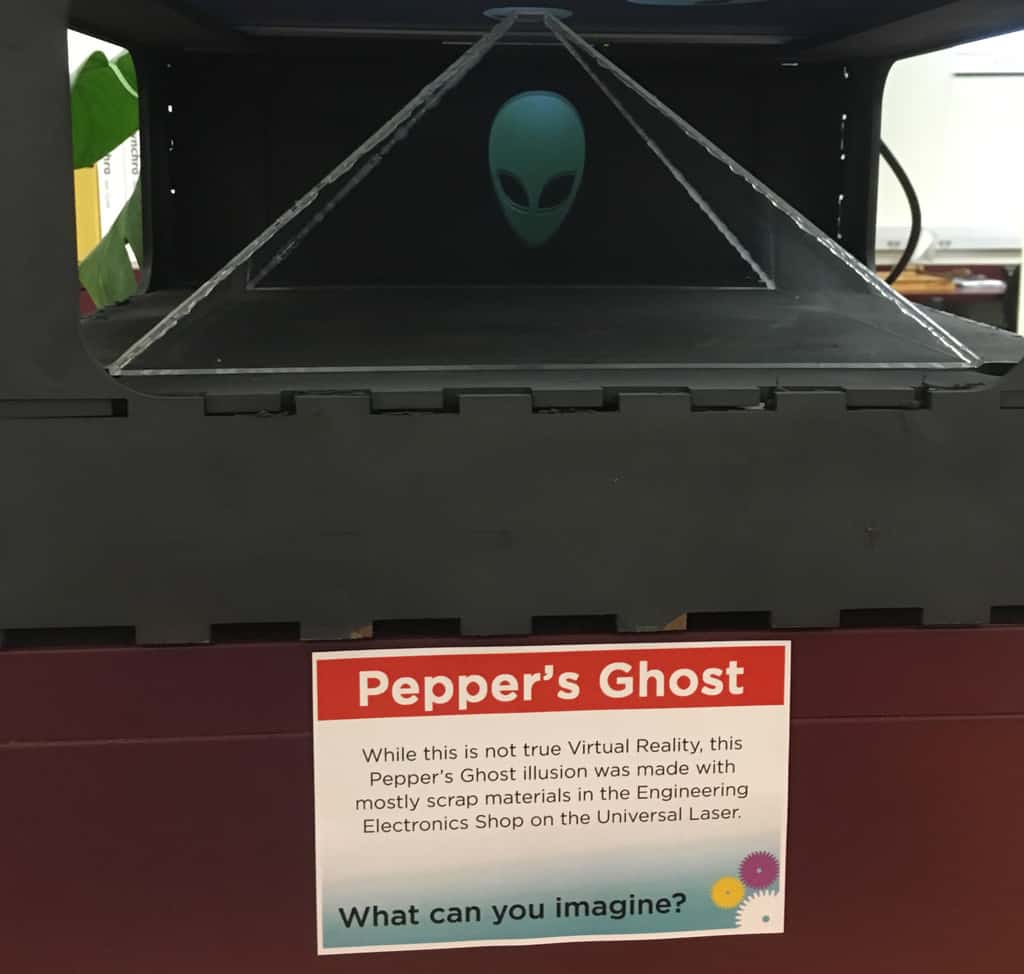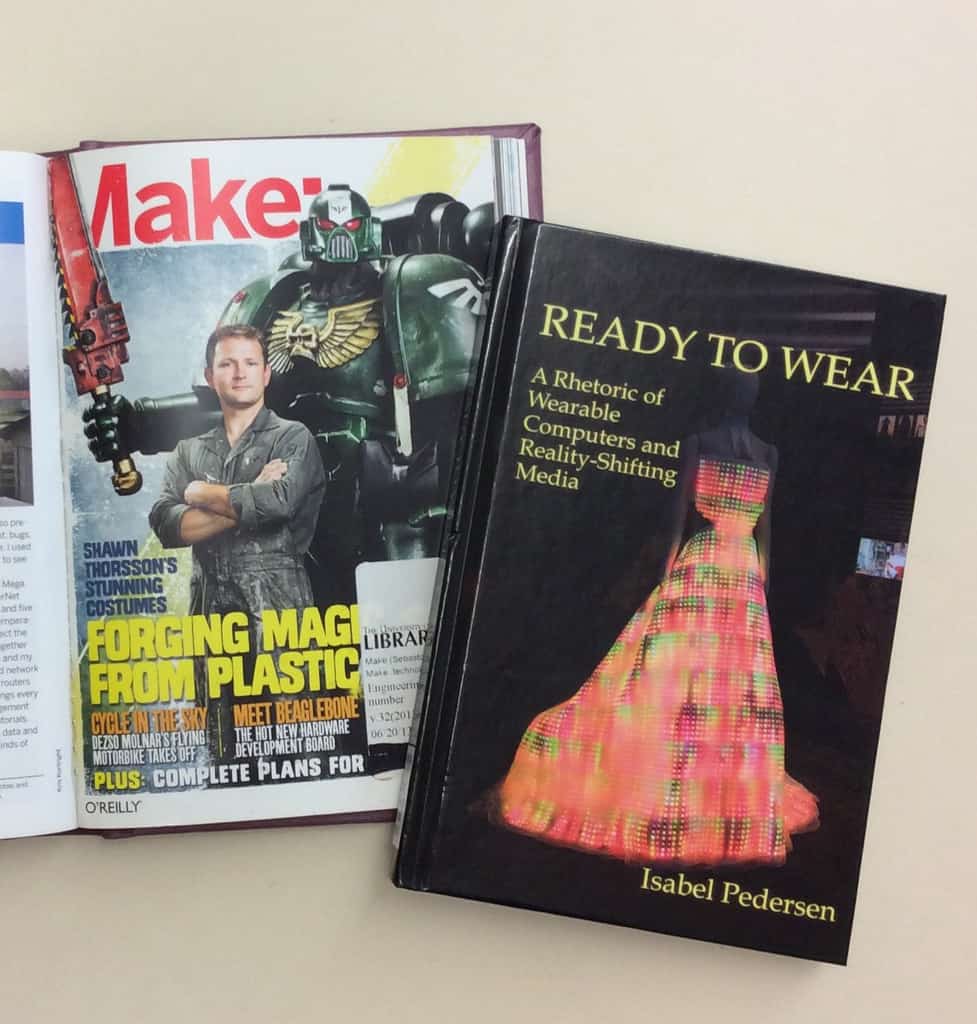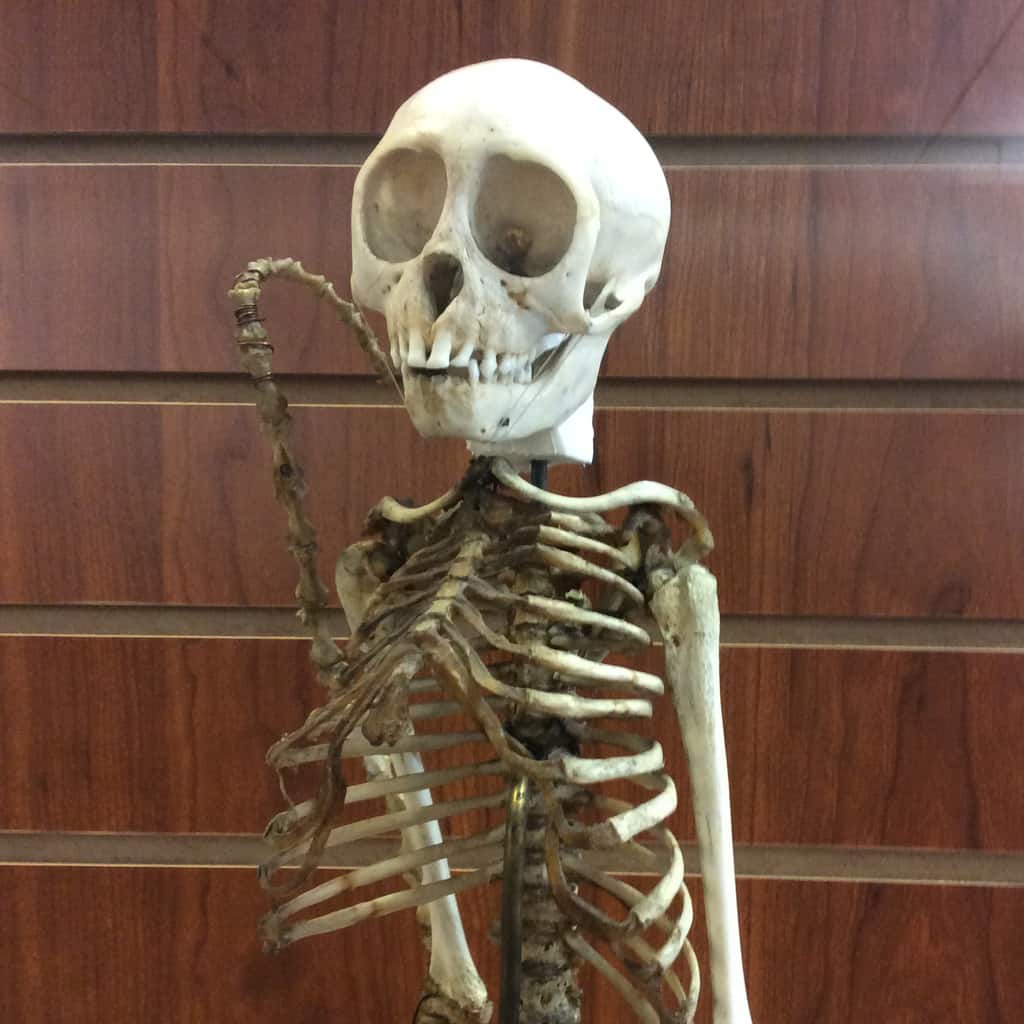Happy Halloween: Vol. 6 Want to make that Halloween party extra scary? We have the resources to help you do just that with some DIY special effects! How about a hologram of a ghoul? We have Holography Projects for the Evil Genius. It is a DIY resource which includes step-by-step instructions, helpful illustrations, a list of required,Continue reading “Want Those Special Effects for Your Halloween Party?”
Tag Archives: Engineering
DIY Costumes That Will Light Up The Night!
Happy Halloween: Vol. 5 Been thinking about that perfect Halloween costume? Sure, you could go to a store or online and order something, but what fun would that be? You want something special – uniquely yours, right? We’re here to help you make your very own Halloween costume and light up the night! Not sureContinue reading “DIY Costumes That Will Light Up The Night!”
Want The Perfect DIY Halloween Decorations?
Happy Halloween: Vol. 4 HAPPY HALLOWEEN! Halloween is getting closer and closer and you are planning that Halloween get-together… Looking for the perfect DIY Halloween decoration projects? Looking for a classic scary pumpkin? How about one that lights up? Electronic Projects for Dummies will help you create the perfect scary pumpkins! You’ll end up with 2Continue reading “Want The Perfect DIY Halloween Decorations?”
Halloween Monster Alert!! How Will You Protect Yourself?
Happy Halloween: Vol. 3 Bwhahahahahaha! It is nearly Halloween and goblins, mummies, zombies and monsters are everywhere! How can you protect yourself?? There are several DIY projects that can help you detect those menacing monsters! “Monster-B-Gone” can be built in 2-4 hours at a cost of about $30 to $40. Make : Technology on YourContinue reading “Halloween Monster Alert!! How Will You Protect Yourself?”
Have a Terror-ific Halloween!
Happy Halloween: Vol. 2 The tress are changing color, the days are getting shorter, the nights are getting longer, and the weather is getting cooler – and that means that Halloween is just around the corner! What better way to get in the mood than to stop in to the Engineering Library and check out theContinue reading “Have a Terror-ific Halloween!”
Interested in doing some “Punkin Chunkin” for Halloween?
Happy Halloween: Vol. 1 The days are getting cooler and Halloween is almost here! Want to put your engineering skills to work and have fun doing it? How about making your own Punkin Chunkin trebuchet or catapult? Most of us know what a catapult is, but do you know what is different between a catapultContinue reading “Interested in doing some “Punkin Chunkin” for Halloween?”





